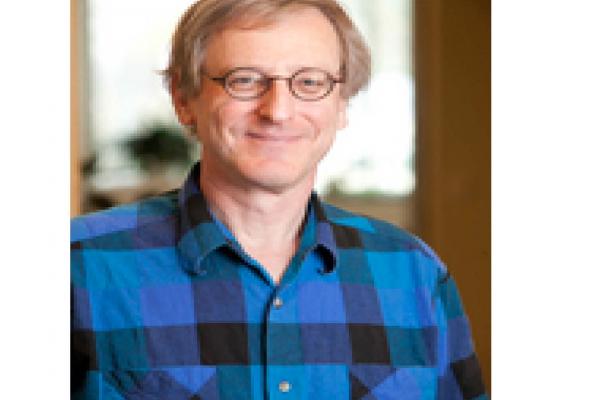
Among the intrinsic physical constraints facing artificial photosynthesis are (1) the propensity for absorbing a photon and (2) the kinetics for delivering the electronic excitation energy to a reaction center. My seminar focuses on understanding the underpinning constraints on light absorption by molecular species and on triplet energy transport kinetics through molecules. We have established a theoretical framework to define and to assess molecular contributions to Dexter (exchange) coupling pathways for triplet energy transfer, allowing us to determine the significance of the charge-transfer (CT) mechanism proposed by Closs, Scholes and others. The CT mechanism is viable at short distances but is swamped by an explosion in the number of virtual bridge exciton pathways at moderate to longer distances. We have also explored the distribution of oscillator strengths in molecules to understand why only a few percent of the integrated oscillator strength guaranteed by the Thomas-Reiche-Kuhn sum rule is available for solar energy harvesting.
